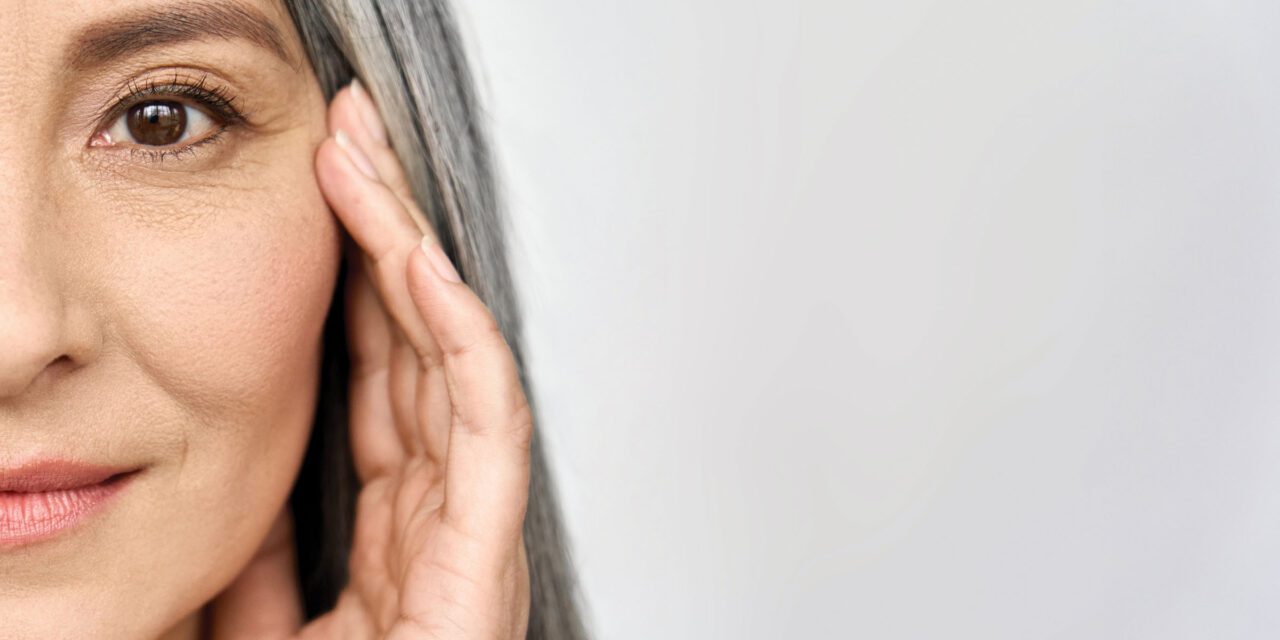Women more at risk of eye conditions than men after age 55: study
Dr. Harry Bohnsack,
President of the Canadian Association of Optometrists
Whether you are male or female, as you age, your vision changes.
However, a recent study by Deloitte Access Economics showed that there is a higher prevalence of eye conditions in females than males after age 55.
Some of this can be attributed to women living longer and, as a consequence, being at risk of developing cataracts, glaucoma or age-related macular degeneration. However, hormonal changes also play a significant role in women’s eye health.
The most obvious example of significant hormonal and/or physical change occurs during pregnancy, and these changes warrant some attention.
Diabetes can result in a worsening of diabetic ocular signs and symptoms during pregnancy, including fluctuating vision, double vision or even partial vision loss.
Pregnant women with diabetes should see their optometrist each trimester to monitor the blood vessels in their eyes and reduce their risk of serious eye disease. Gestational diabetes can also cause temporary fluctuations in vision, but will not typically cause retinal changes.
Another pregnancy-related condition is blurred vision, the result of fluid retention that can cause changes in the eye structure and/or shape. In many cases, these changes are temporary, but a trip to the optometrist between six to nine months after delivery provides an opportunity for a comprehensive eye exam to determine whether a new prescription might be required.
Dry eye, which causes gritty, scratchy, stinging eyes and vision that varies with blinking, is another common condition in pregnancy as a result of hormonal fluctuations that can decrease natural tear production.
While these symptoms can go away, those experiencing them can speak to their optometrist who can prescribe artificial tears, gels and ointments as well as other treatments to reduce the discomfort.
Hormonal fluctuation also occurs during menopause, when estrogen levels drop, resulting in less lubrication in the eye’s oil glands and a rise in dry eyes and/or blurry vision.
Once again, a visit to the optometrist can help deal with the symptoms.
While women have some unique issues related to eye health, the good news remains that vision loss can be prevented or treated in 75 per cent of cases.
